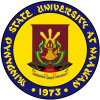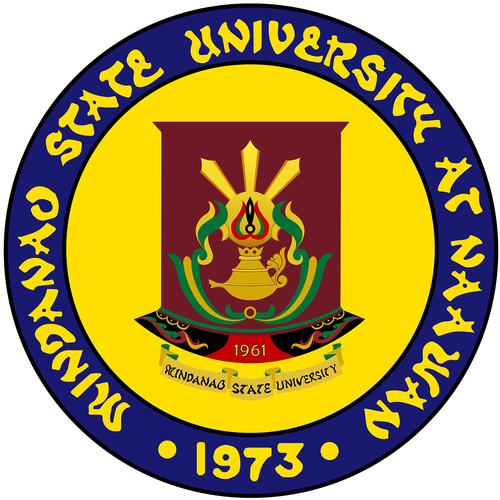MSUN Faculty Researchers Present Papers at 17th International Kuroshio Science Symposium in Japan
MSU at Naawan faculty researchers recently showcased their work at the 17th International Kuroshio Science Symposium, held at Kochi University’s Asakura Campus in Japan from November 4-6, 2024. The symposium, themed “Marine Resources Nurtured by the Biological and Environmental Diversity of the Kuroshio Region: Collaborative Research for Innovation in Elucidation, Utilization, and Management,” brought together researchers from countries to discuss innovative research and sustainable approaches to understanding and managing the Kuroshio region’s marine biodiversity. Among the delegates, Dr. Anabelle Dece A. Espadero, Ms. Lovella R. Calala, and Mr. Ramon Francisco Q. Padilla represented MSUN, presenting studies focused on coastal and marine resource management. Dr. Espadero’s presentation, titled “Developing a Coastal Resource and Environment Mapping Protocol using Drone Survey-QGIS-Photogrammetry Applications,” highlighted a new protocol for using drones, QGIS software, and photogrammetry techniques to map coastal resources. Her innovative approach aims to enhance the accuracy and efficiency of coastal resource assessments, supporting sustainable management efforts in coastal regions. Ms. Calala’s study, “Marine Macrophyte Assessment in Claver, Surigao del Norte, Philippines,” explored the status and diversity of marine macrophytes in Claver. Her findings provide crucial insights into marine vegetation, which plays a vital role in coastal ecosystem health and resilience. Lastly, Mr. Padilla presented his paper, “Macrofaunal Assemblage and Habitat Conditions of River Systems in Claver, Surigao del Norte, Philippines.” His research focused on the diversity and habitat conditions of river systems in Claver, providing essential data on macrofaunal assemblages to inform future conservation strategies. Aside from presenting their research, the faculty members participated in engaging field activities organized by the symposium. Dr. Espadero joined a benthic sampling activity in Tosa Bay, Kochi Prefecture, where she collaborated with local experts to examine and analyze benthic communities and seabed conditions. Ms. Calala and Mr. Padilla, meanwhile, embarked on an excursion to the renowned Ryuga-do Limestone Cave, one of Japan’s three largest limestone caves. The half-day tour allowed them to explore the unique limestone formations and learn about cave organisms and ongoing stalactite dating research conducted by Kochi University. The Ryuga-do Cave, spanning approximately 4,000 meters, offers visitors a glimpse into historical and ecological wonders, including remnants of ancient human activity dating back 2,000 years. The symposium provided MSUN researchers with invaluable opportunities for international collaboration and knowledge exchange, strengthening MSUN’s commitment to research excellence and sustainable resource management in marine science.





